Home>Gardening & Outdoor>Outdoor Recreation & Activities>How To Treat A Trampoline Burn
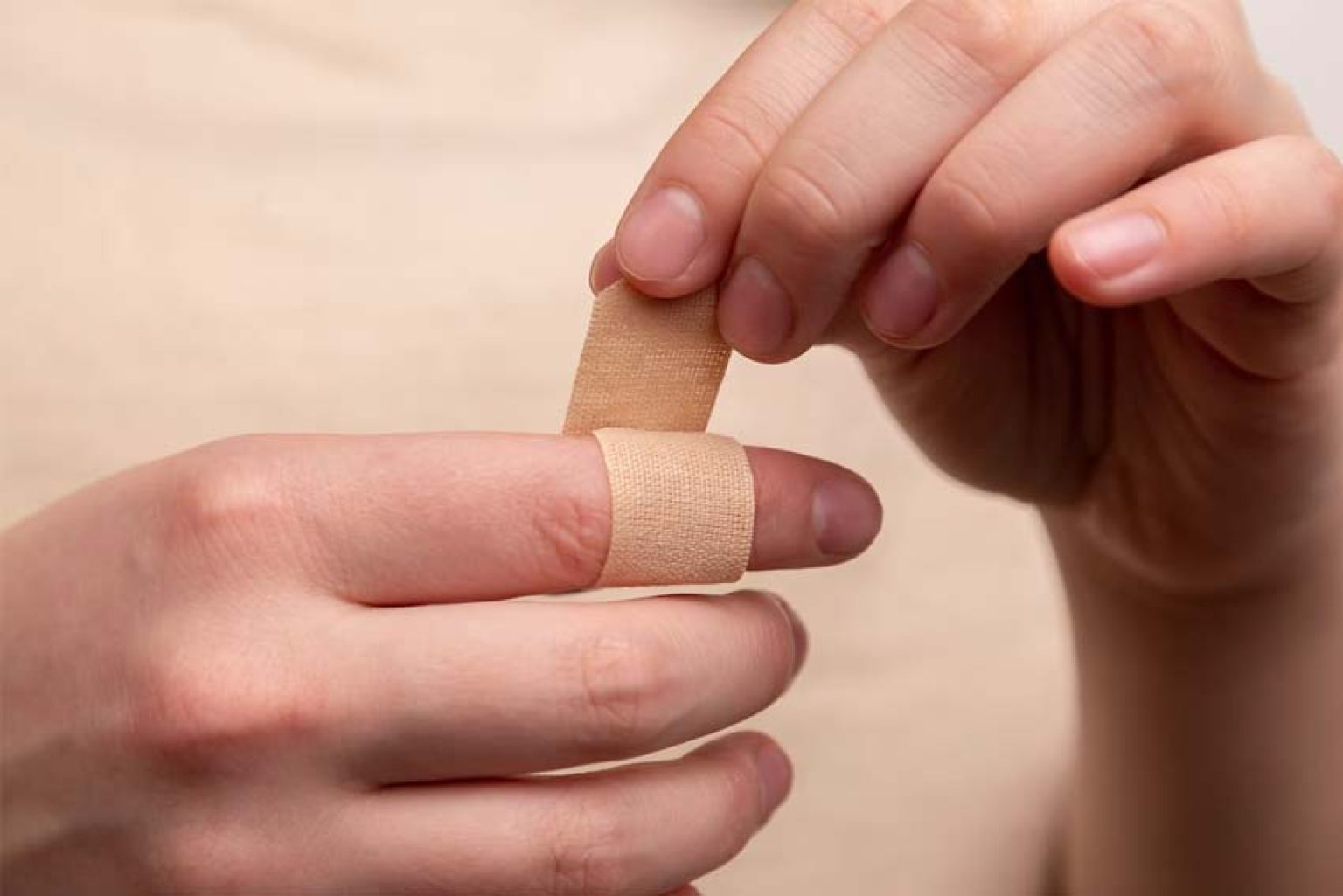

Outdoor Recreation & Activities
How To Treat A Trampoline Burn
Modified: January 9, 2024
Learn effective ways to treat a trampoline burn and promote healing. Get expert advice on outdoor recreation and activities injuries.
(Many of the links in this article redirect to a specific reviewed product. Your purchase of these products through affiliate links helps to generate commission for Storables.com, at no extra cost. Learn more)
Introduction
Trampolines are a source of endless joy and exhilaration for both children and adults. The feeling of weightlessness as you soar through the air is unmatched. However, amidst all the fun, trampoline burns can sometimes dampen the experience. Whether it's a minor abrasion or a more severe burn, it's essential to know how to properly treat and prevent these injuries.
In this guide, we will delve into the nuances of trampoline burns, exploring the various types of burns that can occur and the best ways to address them. From minor scrapes to more serious burns, understanding the appropriate treatment and preventative measures is crucial for ensuring the safety and enjoyment of trampoline activities.
So, if you've ever experienced the discomfort of a trampoline burn or simply want to be prepared in case it happens, you've come to the right place. Let's embark on a journey to uncover the ins and outs of treating and preventing trampoline burns, ensuring that the thrill of bouncing on a trampoline remains an unmarred delight.
Key Takeaways:
- Treat minor trampoline burns by cleaning the area, applying ointment, dressing the burn, managing pain, and monitoring healing. Seek medical attention for severe burns to prevent complications and promote optimal healing.
- Prevent trampoline burns by wearing suitable clothing, using protective gear, checking the trampoline surface, limiting bouncing duration, supervising children, and teaching safe landing techniques.
Read more: How To Treat Grass Burn On Skin
Understanding Trampoline Burns
Trampoline burns can occur for a variety of reasons, and understanding the nature of these injuries is crucial for effective treatment and prevention. The most common type of trampoline burn is caused by friction between the skin and the trampoline surface. This friction can result in abrasions, commonly referred to as “rug burns” due to their similarity to carpet burns.
Another type of trampoline burn is caused by the heat generated from prolonged contact with the trampoline surface. This can occur when a person remains in one position for an extended period while bouncing, leading to a thermal burn. Additionally, falls or collisions on the trampoline can result in more severe burns, including friction burns and lacerations.
Understanding the severity of trampoline burns is essential for determining the appropriate course of action. Minor burns may only require basic first aid, while more severe burns may necessitate professional medical attention. By recognizing the various types of trampoline burns and their potential causes, individuals can take proactive steps to minimize the risk of these injuries.
Furthermore, being aware of the specific areas of the body that are most susceptible to trampoline burns can help individuals take precautionary measures. For instance, the elbows, knees, and shins are common sites for abrasions due to their frequent contact with the trampoline surface during bouncing and performing tricks. By understanding these vulnerable areas, individuals can take targeted measures to protect these areas from potential burns.
By gaining insight into the nature and causes of trampoline burns, individuals can better equip themselves to address and prevent these injuries. Now that we have a clearer understanding of trampoline burns, let’s explore the best practices for treating minor burns and seeking medical attention for more severe injuries.
Treating Minor Trampoline Burns
When it comes to addressing minor trampoline burns, prompt and proper treatment is essential for promoting healing and preventing infection. Here are the steps to effectively treat minor trampoline burns:
- Clean the Affected Area: Begin by gently cleansing the burn with mild soap and water to remove any dirt or debris. Pat the area dry with a clean cloth or gauze.
- Apply an Antiseptic Ointment: After cleaning the burn, apply a thin layer of antiseptic ointment to protect the wound and prevent infection. This step is crucial for promoting healing and reducing the risk of complications.
- Dress the Burn: Cover the burn with a sterile, non-adhesive bandage or gauze to shield it from further irritation and minimize the risk of contamination. Change the dressing regularly to keep the wound clean and dry.
- Manage Pain and Inflammation: Over-the-counter pain relievers and anti-inflammatory medications can help alleviate discomfort and reduce swelling associated with the burn. Follow the recommended dosage and guidelines provided on the medication packaging.
- Monitor the Healing Process: Keep a close eye on the burn as it heals, watching for signs of infection such as increased redness, swelling, or drainage. If any concerning symptoms arise, seek medical attention promptly.
It’s important to note that while minor trampoline burns can often be managed at home with proper care, individuals should seek medical attention if the burn shows signs of infection, such as persistent redness, warmth, or drainage, or if they develop a fever. Additionally, individuals with underlying health conditions or compromised immune systems should consult a healthcare professional for guidance on managing the burn.
By following these steps and being attentive to the healing process, individuals can effectively treat minor trampoline burns and facilitate a smooth recovery. However, in the case of more severe burns, it’s crucial to seek immediate medical attention to ensure proper care and prevent potential complications.
To treat a trampoline burn, clean the area with mild soap and water, apply an antibiotic ointment, and cover with a non-stick bandage. Keep the area elevated and watch for signs of infection.
Seeking Medical Attention for Severe Trampoline Burns
Severe trampoline burns, characterized by extensive damage to the skin and underlying tissues, require prompt and professional medical attention to prevent complications and promote optimal healing. Here are the key steps to take when dealing with severe trampoline burns:
- Assess the Severity of the Burn: Determine the extent of the burn by evaluating its size, depth, and the presence of any associated symptoms such as intense pain, blistering, or charring. This assessment will help guide the appropriate course of action.
- Seek Emergency Medical Care: If the burn is large, deep, or covers sensitive areas such as the face, hands, feet, or joints, seek immediate medical attention at the nearest emergency department or urgent care facility. Severe burns often require specialized treatment to prevent infection and promote healing.
- Do Not Attempt to Remove Clothing Stuck to the Burn: If clothing adheres to the burn, do not attempt to remove it. Instead, leave this task to medical professionals who can safely address the situation while minimizing further damage to the affected area.
- Protect the Burn and Minimize Movement: Prior to receiving medical care, protect the burn by covering it with a clean, dry cloth or non-adhesive bandage. Minimize movement of the affected area to prevent additional trauma to the injured skin.
- Follow Medical Guidance: Upon seeking professional medical attention, follow the guidance and treatment recommendations provided by healthcare professionals. This may include wound cleaning, specialized dressings, pain management, and potential referral to a burn center for specialized care.
Severe trampoline burns can have lasting implications if not managed appropriately, making it crucial to prioritize timely medical intervention. In some cases, individuals may require specialized care from burn care specialists to address the unique challenges associated with severe burns.
It’s important to remember that even if a burn initially appears minor, if it fails to heal or shows signs of infection, seeking medical evaluation is imperative. Additionally, individuals with pre-existing health conditions or compromised immune systems should promptly consult a healthcare professional when dealing with any type of burn.
By recognizing the gravity of severe trampoline burns and taking swift action to secure professional medical care, individuals can mitigate potential complications and facilitate the best possible outcome for the injured individual.
Preventing Trampoline Burns
While trampoline burns can occur unexpectedly, there are proactive measures that individuals can take to minimize the risk of these injuries and create a safer trampolining environment. By implementing the following preventive strategies, individuals can enjoy the exhilaration of trampoline activities while reducing the likelihood of sustaining burns:
- Wear Appropriate Clothing: Dress in suitable attire for trampolining, such as athletic clothing that covers the skin to reduce friction and minimize the risk of abrasions. Avoid wearing clothing with zippers, buttons, or other embellishments that could cause skin irritation.
- Apply Protective Equipment: Consider wearing protective gear such as knee and elbow pads to cushion vulnerable areas and reduce the impact of falls and collisions on the trampoline surface.
- Check the Trampoline Surface: Regularly inspect the trampoline surface for any sharp or protruding objects, tears, or worn areas that could increase the risk of burns or injuries. Keep the trampoline surface clean and free of debris.
- Limit Bouncing Duration: Avoid prolonged periods of continuous bouncing in one position, as this can generate heat and friction, potentially leading to thermal burns. Encourage periodic breaks to allow the skin to cool down.
- Supervise Children: Provide active supervision of children engaging in trampoline activities to ensure safe bouncing practices and intervene in the event of unsafe behavior or potential injury risks.
- Teach Safe Landing Techniques: Instruct individuals, especially children, on safe landing techniques to minimize the risk of falls and mitigate the impact on the trampoline surface, reducing the likelihood of burns and injuries.
By integrating these preventive measures into trampoline activities, individuals can create a safer and more enjoyable experience while mitigating the risk of trampoline burns. Additionally, fostering a culture of safety and awareness within trampolining communities can contribute to a collective effort to prevent injuries and promote responsible recreational practices.
Ultimately, by prioritizing safety and taking proactive steps to minimize injury risks, individuals can continue to revel in the thrill of trampolining while safeguarding against potential burns and other related injuries.
Read more: How To Treat A Astro Turf Burn
Conclusion
Trampoline burns, though often overlooked, can pose significant discomfort and potential health risks if not properly addressed and prevented. By understanding the nature of trampoline burns and implementing effective strategies for treatment and prevention, individuals can foster a safer and more enjoyable trampolining experience.
From minor abrasions to more severe burns, the key to addressing trampoline injuries lies in prompt and appropriate care. For minor burns, thorough cleansing, application of antiseptic ointment, and proper dressing are essential steps for promoting healing and minimizing the risk of infection. Monitoring the burn and seeking medical attention if signs of infection arise are crucial for ensuring a smooth recovery.
On the other hand, severe trampoline burns demand immediate medical attention to prevent complications and facilitate optimal healing. Recognizing the severity of the burn, protecting the affected area, and following medical guidance are paramount in addressing these injuries effectively.
Moreover, the proactive prevention of trampoline burns is equally vital. By wearing appropriate clothing, utilizing protective gear, and promoting safe bouncing practices, individuals can reduce the likelihood of sustaining burns and other trampoline-related injuries. Active supervision, regular trampoline surface inspections, and education on safe landing techniques further contribute to a safer trampolining environment.
As trampolining continues to captivate individuals of all ages with its exhilarating appeal, prioritizing safety and injury prevention is paramount. By integrating the knowledge and strategies outlined in this guide, individuals can embrace the thrill of trampoline activities while safeguarding against the discomfort and potential risks associated with trampoline burns.
Ultimately, by fostering a culture of safety, awareness, and responsible recreational practices, trampoline enthusiasts can embark on their bouncing adventures with confidence, knowing that they are equipped to address and prevent trampoline burns, ensuring that the joy of trampolining remains unmarred by avoidable injuries.
Frequently Asked Questions about How To Treat A Trampoline Burn
Was this page helpful?
At Storables.com, we guarantee accurate and reliable information. Our content, validated by Expert Board Contributors, is crafted following stringent Editorial Policies. We're committed to providing you with well-researched, expert-backed insights for all your informational needs.


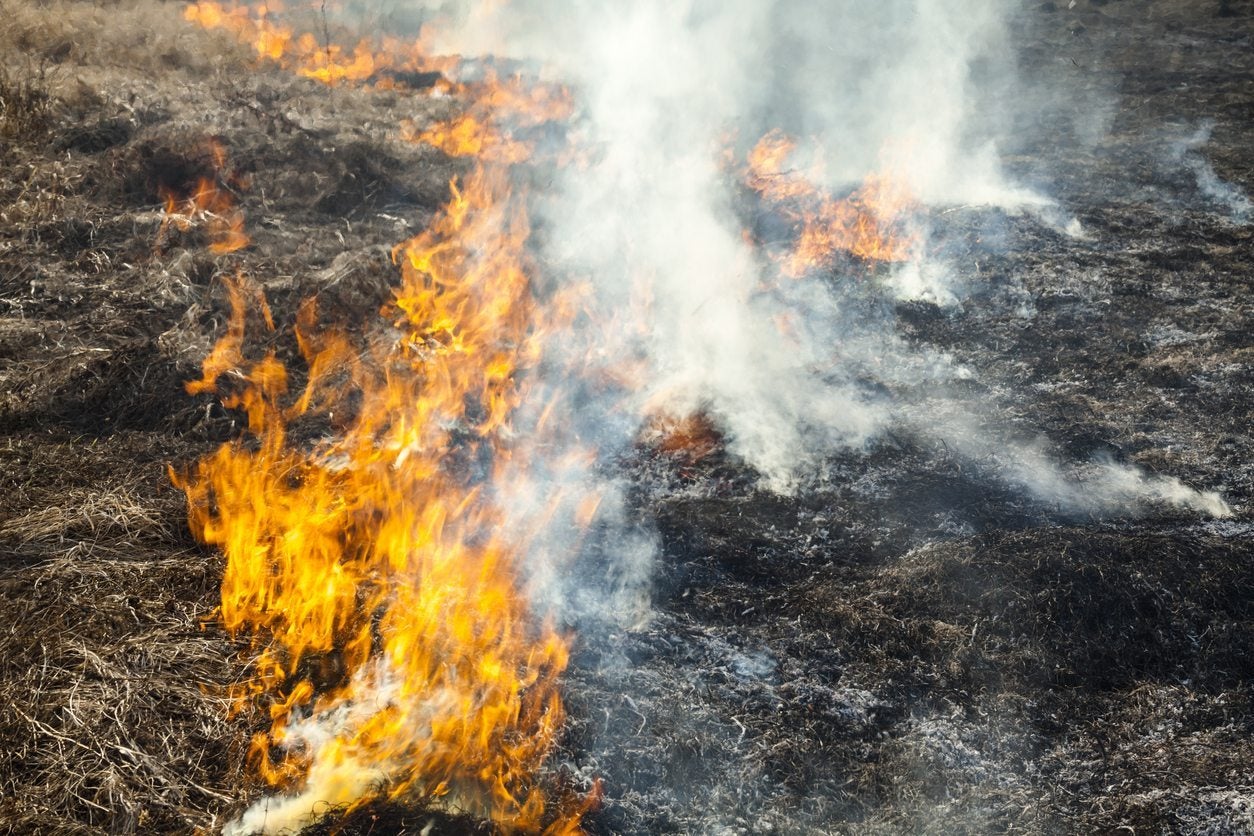
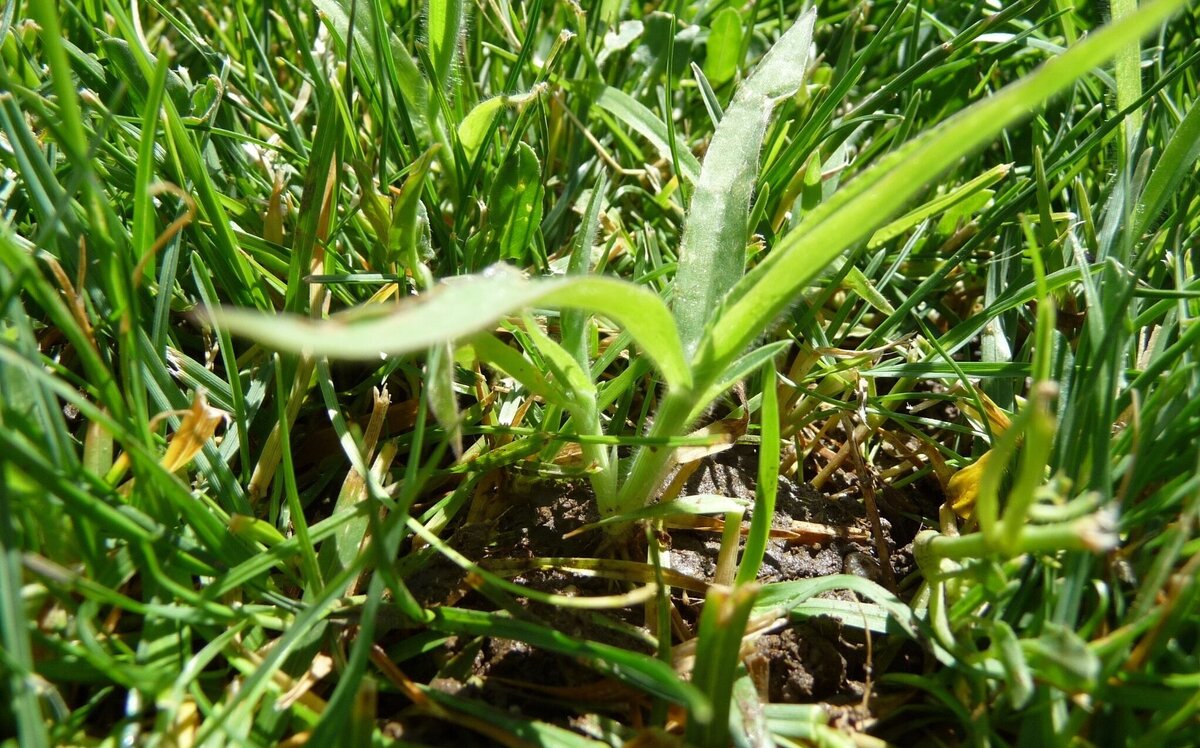
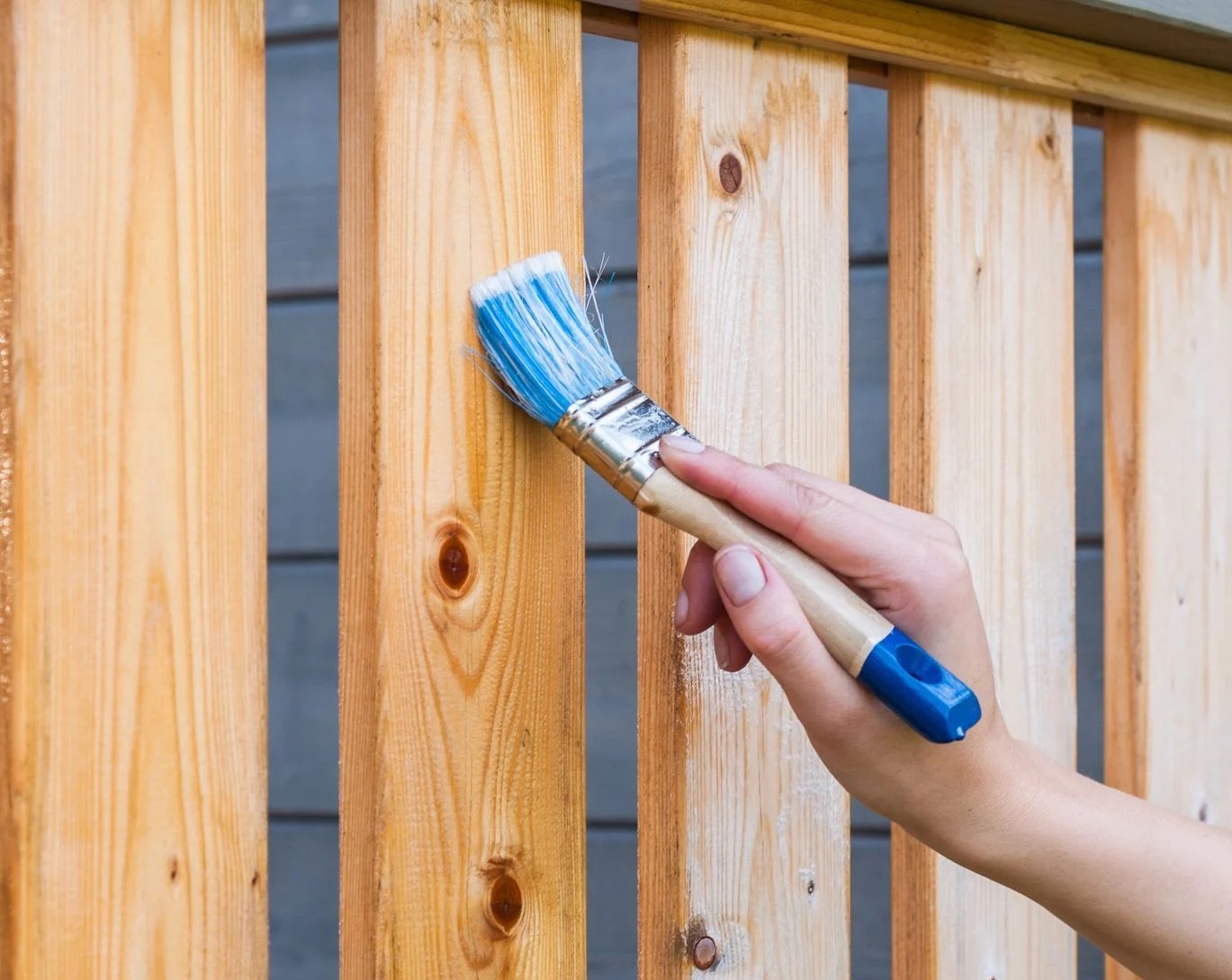



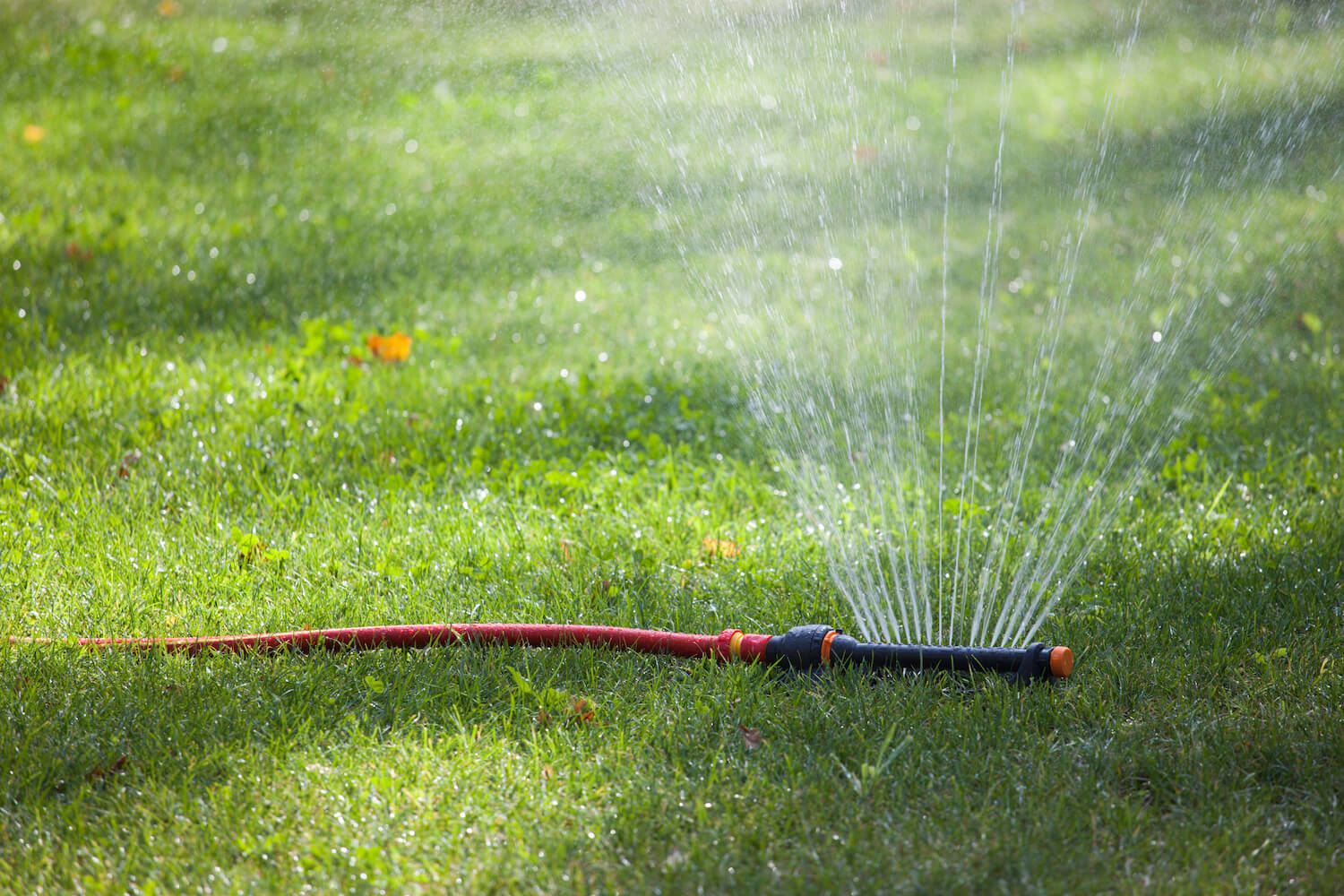
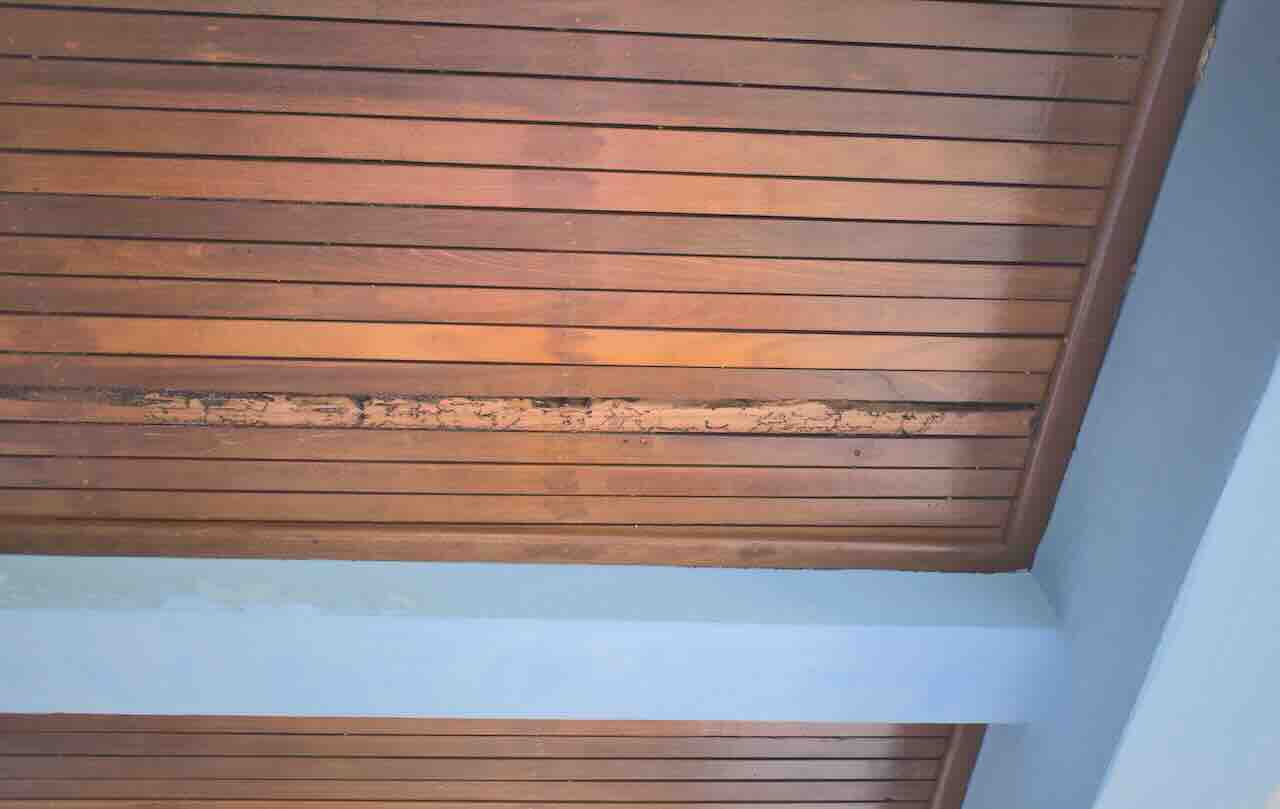



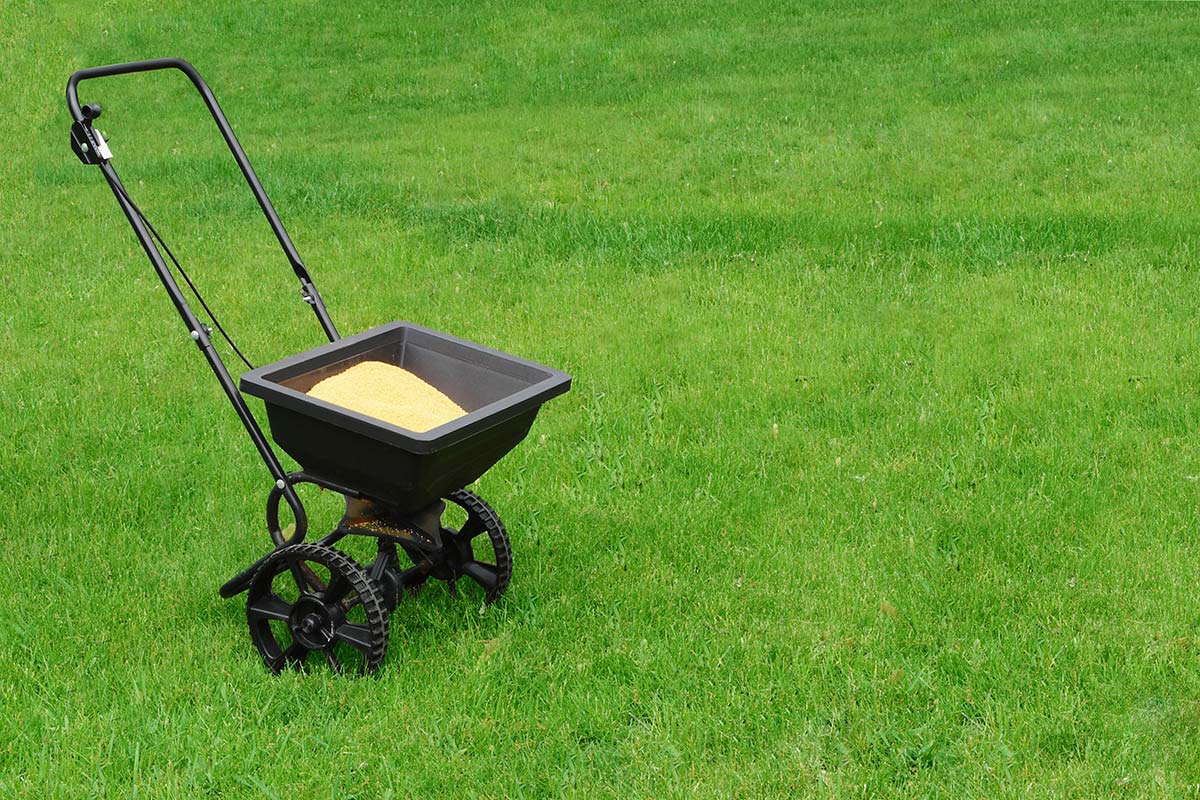

0 thoughts on “How To Treat A Trampoline Burn”